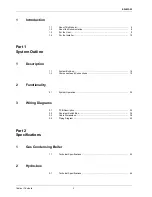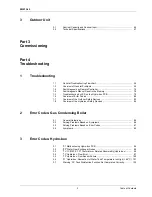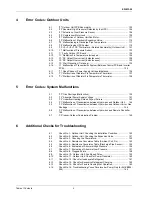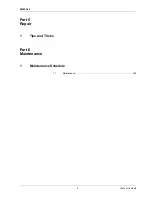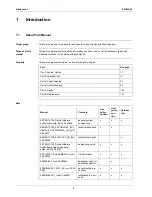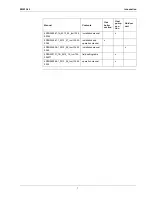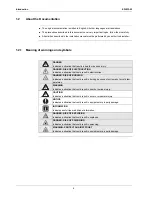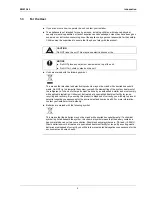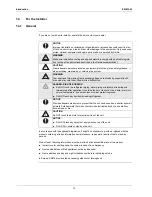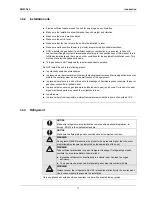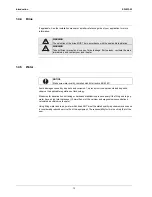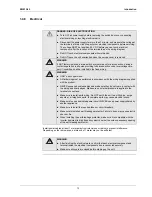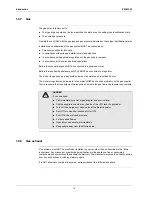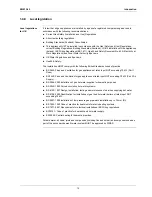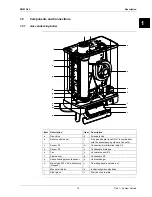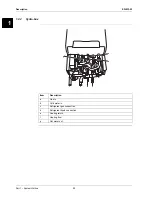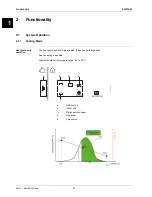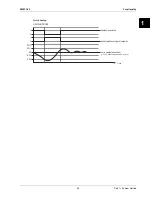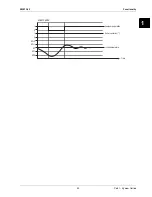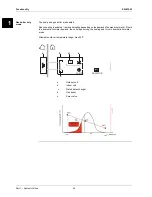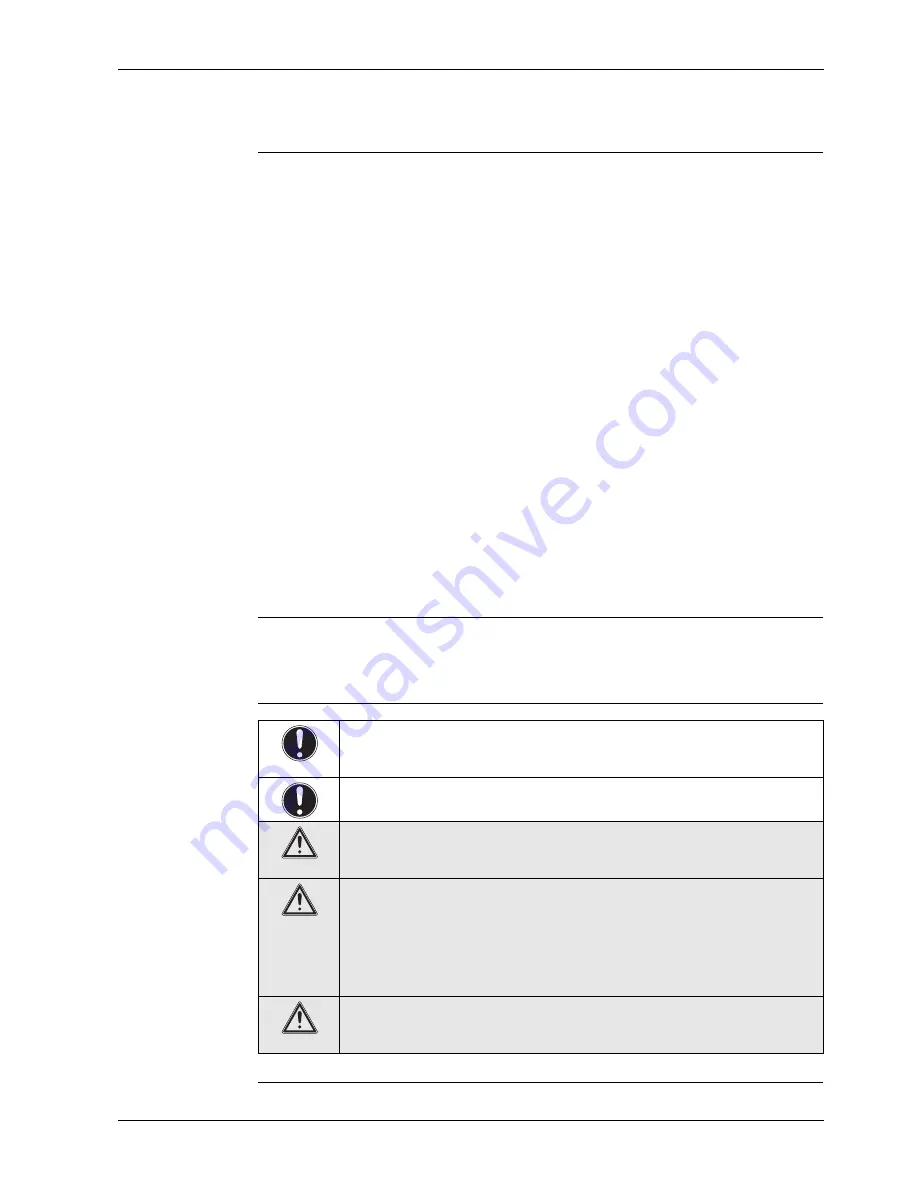
ESIE13-02
Introduction
11
3
4
5
1.4.2
Installation site
Provide sufficient space around the unit for servicing and air circulation.
Make sure the installation site withstands the unit’s weight and vibration.
Make sure the area is well ventilated.
Make sure the unit is level.
Make sure that the floor, where the unit will be installed, is level.
Make sure walls sensitive to heat (e.g. wood) are protected by suitable insulation.
ONLY operate the gas boiler if a sufficient supply of combustion air is ensured. In case of a
concentric air/flue gas system dimensioned according to the specifications of this manual, this is
fulfilled automatically and there are no other conditions for the equipment installation room. This
method of operation applies exclusively.
This gas boiler is NOT designed for room air dependent operation.
Do NOT install the unit in the following places:
In potentially explosive atmospheres.
In places where there is machinery that emits electromagnetic waves. Electromagnetic waves may
disturb the control system, and cause malfunction of the equipment.
In places where there is a risk of fire due to the leakage of flammable gases (example: thinner or
gasoline), carbon fibre, ignitable dust.
In places where corrosive gas (example: sulphurous acid gas) is produced. Corrosion of copper
pipes or soldered parts may cause the refrigerant to leak.
In bathrooms.
In places where frost is possible. Ambient temperature around the indoor unit should be >5°C.
1.4.3
Refrigerant
Only use phosphoric acid deoxidised seamless copper with annealed temper grade.
NOTICE
Make sure refrigerant piping installation complies with applicable legislation. In
Europe, EN378 is the applicable standard.
NOTICE
Make sure the field piping and connections are not subjected to stress.
WARNING
During tests, NEVER pressurize the product with a pressure higher than the maxi-
mum allowable pressure (as indicated on the nameplate of the unit).
WARNING
Take sufficient precautions in case of refrigerant leakage. If refrigerant gas leaks,
ventilate the area immediately. Possible risks:
Excessive refrigerant concentrations in a closed room can lead to oxygen
deficiency.
Toxic gas may be produced if refrigerant gas comes into contact with fire.
WARNING
Always recover the refrigerants. Do NOT release them directly into the environment.
Use a vacuum pump to evacuate the installation.


